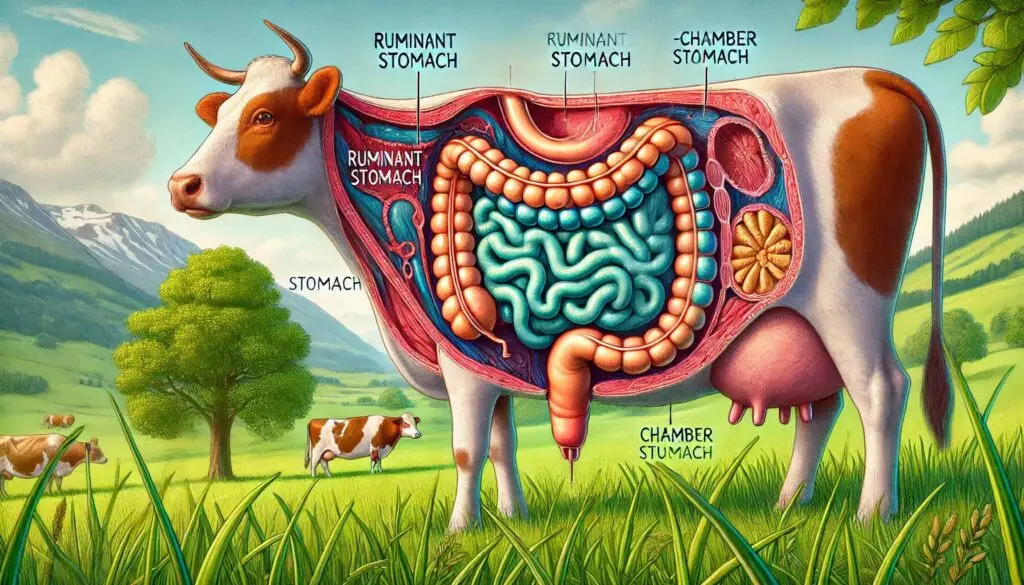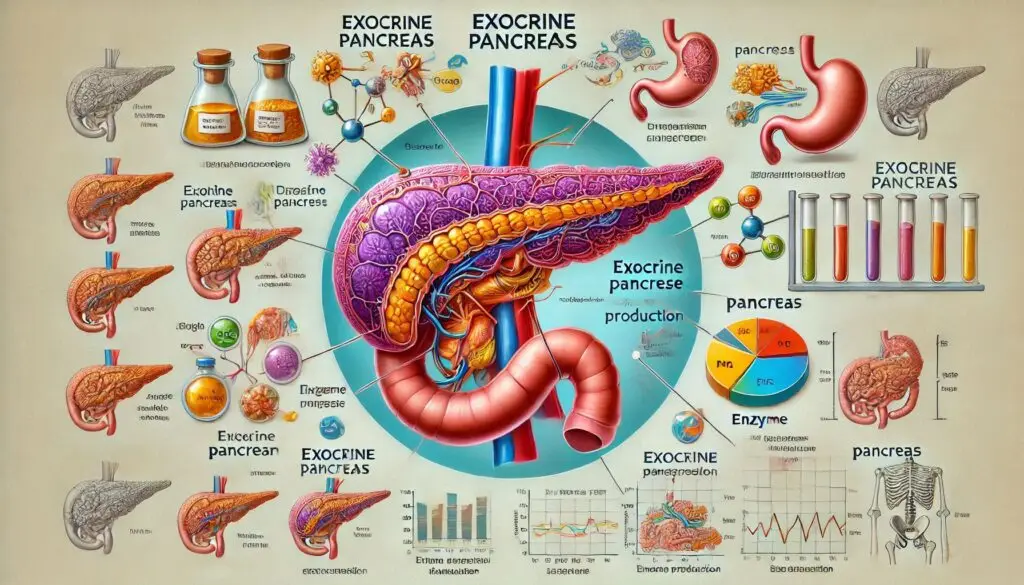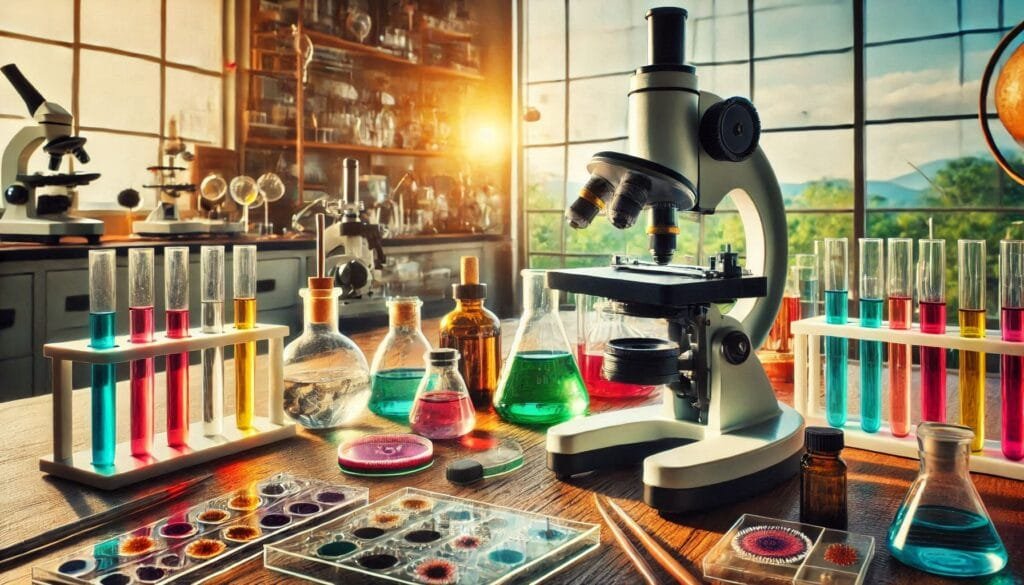Small intestine in livestock

Anatomy of the Small Intestine
The small intestine is a long, coiled tube that connects the stomach to the large intestine. In mature cattle, it can measure up to 150 feet long and have a capacity of about 20 gallons. The small intestine is divided into three main sections: duodenum, jejunum, and ileum.
Duodenum
The duodenum is the first section of the small intestine. It is relatively short, measuring about 20 to 25 centimeters (8 to 10 inches) long. This section plays a critical role in digestion. Here, chyme from the stomach mixes with bile from the liver and digestive enzymes from the pancreas. This mixture helps neutralize stomach acid and facilitates further breakdown of food.
Functions of the Duodenum
- Neutralization: Bicarbonate from pancreatic secretions raises the pH of chyme, allowing enzymes to work effectively.
- Digestion: Enzymes break down carbohydrates, proteins, and fats into smaller molecules that can be absorbed later.
For more detailed information on the duodenum’s functions, you can visit Britannica.
Jejunum
The jejunum is the middle section of the small intestine. It is longer than the duodenum and is primarily responsible for nutrient absorption. The walls of the jejunum are lined with numerous finger-like projections called villi, which increase surface area for absorption.
Functions of the Jejunum
- Nutrient Absorption: The jejunum absorbs amino acids, fatty acids, vitamins, and minerals.
- Surface Area: The presence of villi significantly enhances its ability to absorb nutrients efficiently.
For additional insights on nutrient absorption in ruminants, check out Pro Earth.
Ileum
The ileum is the final section of the small intestine. It connects to the large intestine and continues the process of nutrient absorption. The ileum specifically absorbs vitamin B12 and bile salts.
Functions of the Ileum
- Final Absorption: Completes absorption of remaining nutrients not absorbed by earlier sections.
- Prevention of Backflow: Contains a valve that prevents materials from flowing backward into the ileum.
For more details about ileal functions, refer to Wikipedia.
Digestive Processes in the Small Intestine
Digestion within the small intestine involves several processes that ensure nutrients are effectively broken down and absorbed.
Enzymatic Action
When digesta enters the small intestine, it mixes with various secretions:
- Pancreatic Enzymes: These enzymes break down carbohydrates (amylase), proteins (proteases), and fats (lipases).
- Bile Salts: Produced by the liver and stored in the gallbladder, bile salts emulsify fats for easier digestion.
Nutrient Absorption Mechanisms
Nutrient absorption occurs through different mechanisms:
- Passive Diffusion: Some nutrients pass through cell membranes without energy.
- Active Transport: Others require energy to move against concentration gradients.
The intestinal walls contain specialized cells called enterocytes that facilitate these processes.
Interaction with Other Digestive Organs
The Small intestine in livestock does not work alone; it interacts closely with other organs in the digestive system.
The Rumen
In ruminants like cattle, most fermentation occurs in the rumen before food reaches the small intestine. The rumen breaks down fibrous plant material through microbial fermentation. This process produces volatile fatty acids (VFAs), which serve as an energy source for cattle.
The Pancreas and Liver
Both organs play significant roles:
- Pancreas: Secretes digestive enzymes and bicarbonate to neutralize stomach acid.
- Liver: Produces bile necessary for fat digestion.
These interactions ensure that by the time food reaches the small intestine, it is adequately prepared for nutrient absorption.
Health Implications Related to Small Intestine Function
A well-functioning small intestine is crucial for overall health in livestock. Issues such as malabsorption or infections can lead to serious health problems.
Common Disorders
- Bloat: Excess gas accumulation can occur if fermentation processes are disrupted.
- Diarrhea: Often results from infections or dietary changes affecting gut flora balance.
- Intestinal Obstructions: Can occur due to foreign objects ingested by animals.
Monitoring animal health closely can help prevent these issues.
Conclusion
Thus, Small intestine in livestock plays an essential role in livestock digestion and nutrient absorption. Understanding its structure and functions can help farmers optimize feeding practices and improve animal health. By ensuring that livestock receive proper nutrition, farmers can enhance productivity and overall well-being.
For more information about ruminant digestive systems, you can refer to Mississippi State Extension or access detailed studies on Ruminant Digestive Anatomy.
More from Veterinary Anatomy:
Epithelial Tissue






Responses